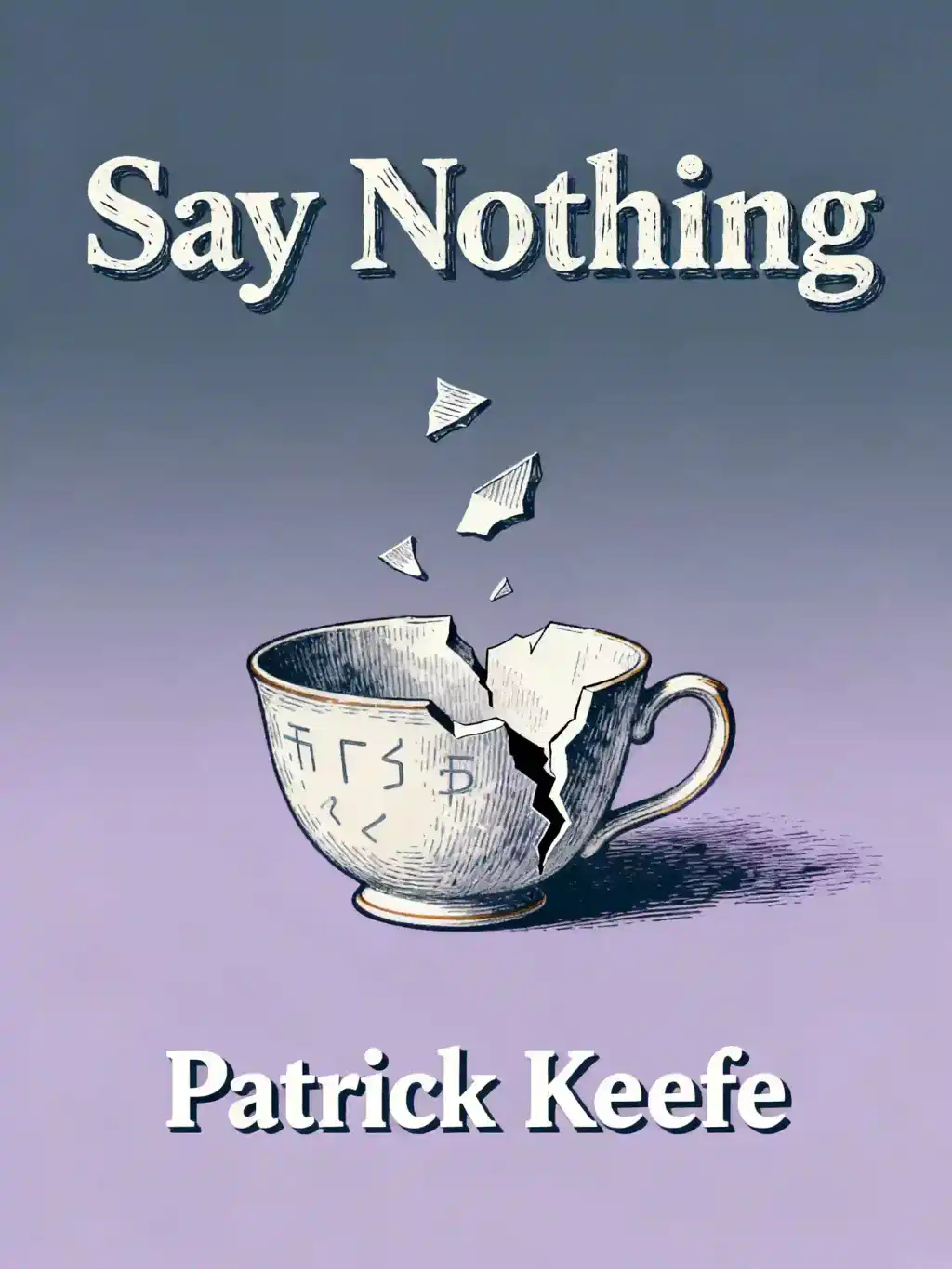What is
Say Nothing: A True Story of Murder and Memory in Northern Ireland about?
Say Nothing investigates the 1972 abduction and murder of Jean McConville, a Belfast mother of ten, against the backdrop of Northern Ireland’s Troubles. Patrick Radden Keefe interweaves McConville’s story with the lives of IRA members like Dolours Price and Brendan Hughes, exploring themes of political violence, memory, and reconciliation.
Who should read
Say Nothing by Patrick Radden Keefe?
This book is ideal for readers interested in true crime, modern history, or investigative journalism. Its gripping narrative appeals to those seeking to understand the human impact of the Troubles, as well as the ethical complexities of conflict and justice.
Is
Say Nothing worth reading?
Yes. The book won critical acclaim for its meticulous research and narrative depth, blending historical analysis with true-crime suspense. Keefe’s unbiased approach and vivid storytelling make it essential for understanding Northern Ireland’s Troubles.
How does
Say Nothing explore the Provisional IRA’s actions?
Keefe portrays the IRA through firsthand accounts of members like Dolours Price and Brendan Hughes, highlighting their radicalization, bombings, and internal conflicts. He avoids romanticizing or demonizing them, instead focusing on their motivations and the moral ambiguities of armed struggle.
What happened to Jean McConville in
Say Nothing?
McConville, a widow accused of informing, was forcibly taken from her children by the IRA in 1972 and executed. Her remains were unearthed in 2003, symbolizing the trauma of Northern Ireland’s “disappeared” victims. Keefe reconstructs her fate through interviews and archival research.
How does Patrick Radden Keefe handle the Troubles’ history?
Keefe contextualizes the conflict by linking personal stories to broader political events, such as civil rights marches, British military intervention, and hunger strikes. His approach balances historical analysis with intimate character studies, making the era accessible to newcomers.
What role does memory play in
Say Nothing?
The book examines how individuals and societies reckon with past violence. Key sources include the Boston College oral history project, where former IRA members confessed to crimes—only for their testimonies to spark legal battles decades later.
Are there criticisms of
Say Nothing?
Some note Keefe’s focus on sensational figures like Price and Adams over systemic analysis of sectarianism. Others argue the McConville narrative, while compelling, occasionally overshadows deeper exploration of the Troubles’ root causes.
How does
Say Nothing compare to other books on the Troubles?
Unlike academic histories, Keefe’s narrative-driven approach mirrors works like Making Sense of the Troubles but with a true-crime lens. Its emphasis on personal stories and unresolved mysteries draws parallels to I’ll Be Gone in the Dark.
What sources did Patrick Radden Keefe use for
Say Nothing?
Keefe relied on declassified documents, court records, and over 100 interviews, including McConville’s children and former IRA members. The Boston College oral histories—though legally contested—provided pivotal insights into covert operations.
What symbolic elements appear in
Say Nothing?
The diaper pin found on McConville’s remains becomes a recurring motif, representing both maternal loss and the lingering scars of conflict. Keefe uses such details to anchor broader themes of memory and accountability.
How does
Say Nothing address the legacy of political violence?
Through accounts of former combatants like Hughes, who grappled with guilt, Keefe illustrates the cyclical nature of violence and the elusive pursuit of closure. The book questions whether peace can coexist with unacknowledged injustice.





















